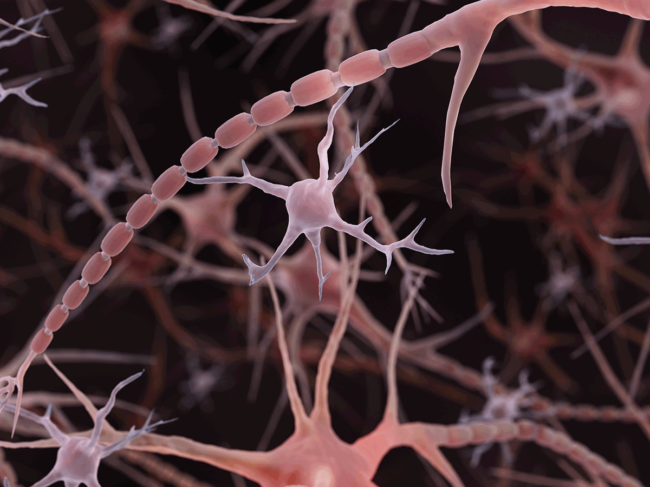
Neurology/psychiatric, BioWorld Science
Neurology/psychiatric
BD2 inhibitor ABBV-744 demonstrates antineuroinflammatory effects in vivo
Read MoreNeurology/psychiatric
URB-447 confers neuroprotection after neonatal hypoxia-ischemia in rats
Read MoreNeurology/psychiatric
Novel MAGL inhibitor exerts neuroprotection in multiple sclerosis models
Read MoreNeurology/psychiatric





